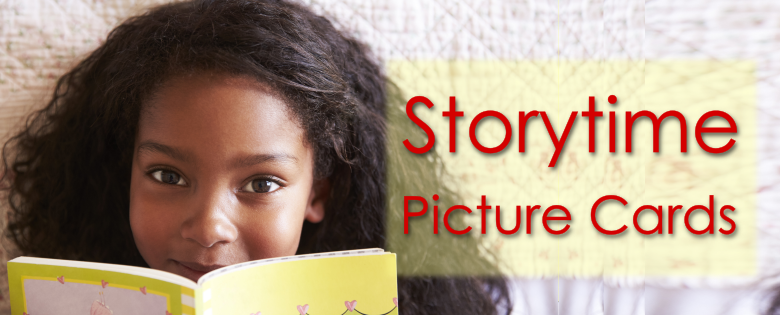
Storytime Picture Cards
Over the years, I began creating ways for my children at home and in my classroom to use picture cards to make our storytime more interactive. I wanted my children to play with a story and gain a deeper understanding of the story elements.
Here are some ideas for your home or classroom:
Sequence Story Cards
First, I create picture cards with items from the story. After we read the story, I pull out the picture cards and we look at the pictures together. My child names the pictures on each card (promoting language development). Then we begin to sequence and retell the story using the pictures as cues. For a younger child, we reread the book matching the story picture cards and maybe even predicting which picture card will come next in the book.
This train mat helps sequence story events into beginning, middle and end.
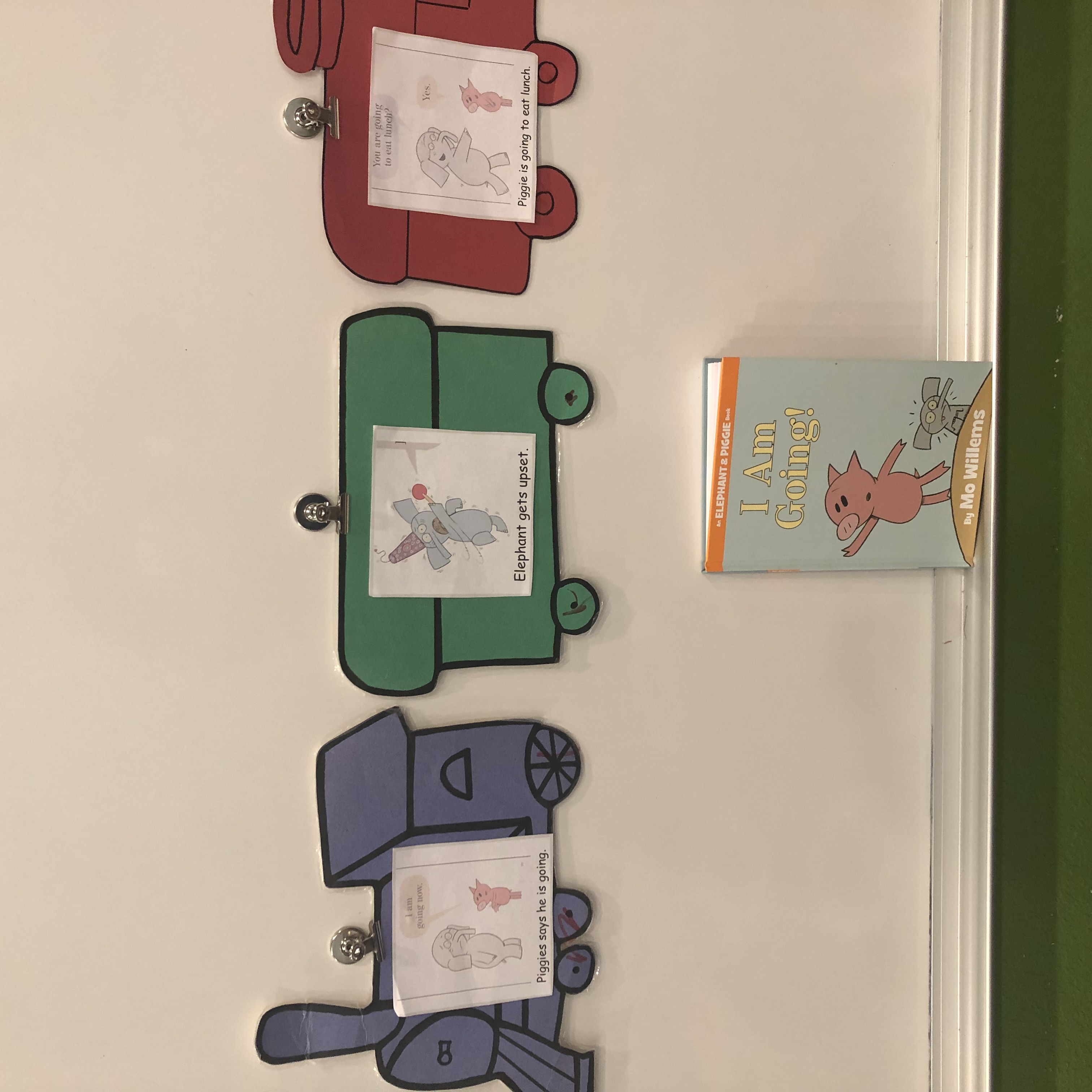
You can take pictures of your favorite stories to upload and use within the LessonPix templates. Learn How to Upload Photos.
Check out sample picture cards from the Sharing Center with some of our favorite stories.
Using Board Books
After printing related picture cards, I laminate the cards or attach them to carboard sqaure to make the cards stronger for young fingers to manipulate. I add velcro on the back of each card and on the corresponding pages in the board book. When my child and I begin to read the book together, I place all of the pictures out next to the book. My child finds the matching picture as we read each page and places on the velcro in the book. (All four of my children loved this!) This strategy points out the specific vocabulary or concepts the book is teaching. When my child is familiar with the book, then they would predict the picture on the next page before we turned the page.
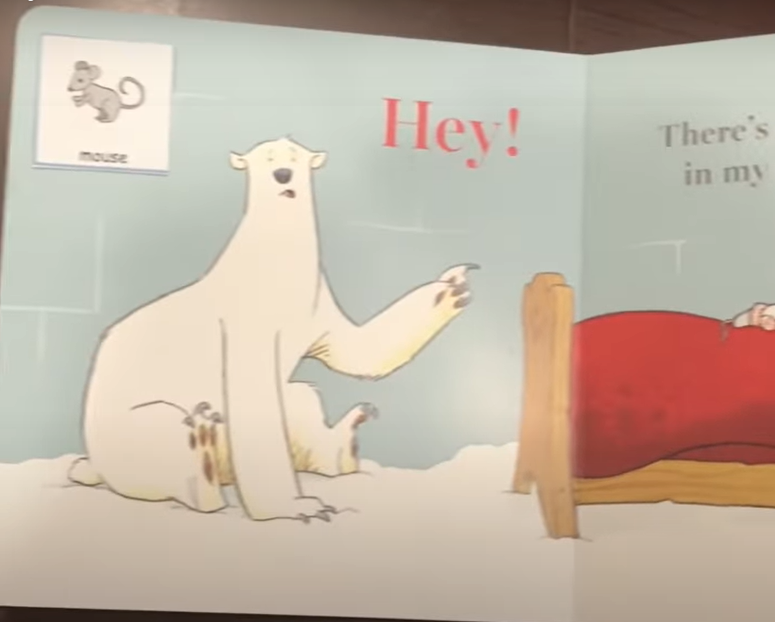
Puppets and Flannel Board Characters for Retelling
Cut out pictures on picture cards. Then you can attach a popsicle stick for puppets or sandpaper to stick on flannelboard.
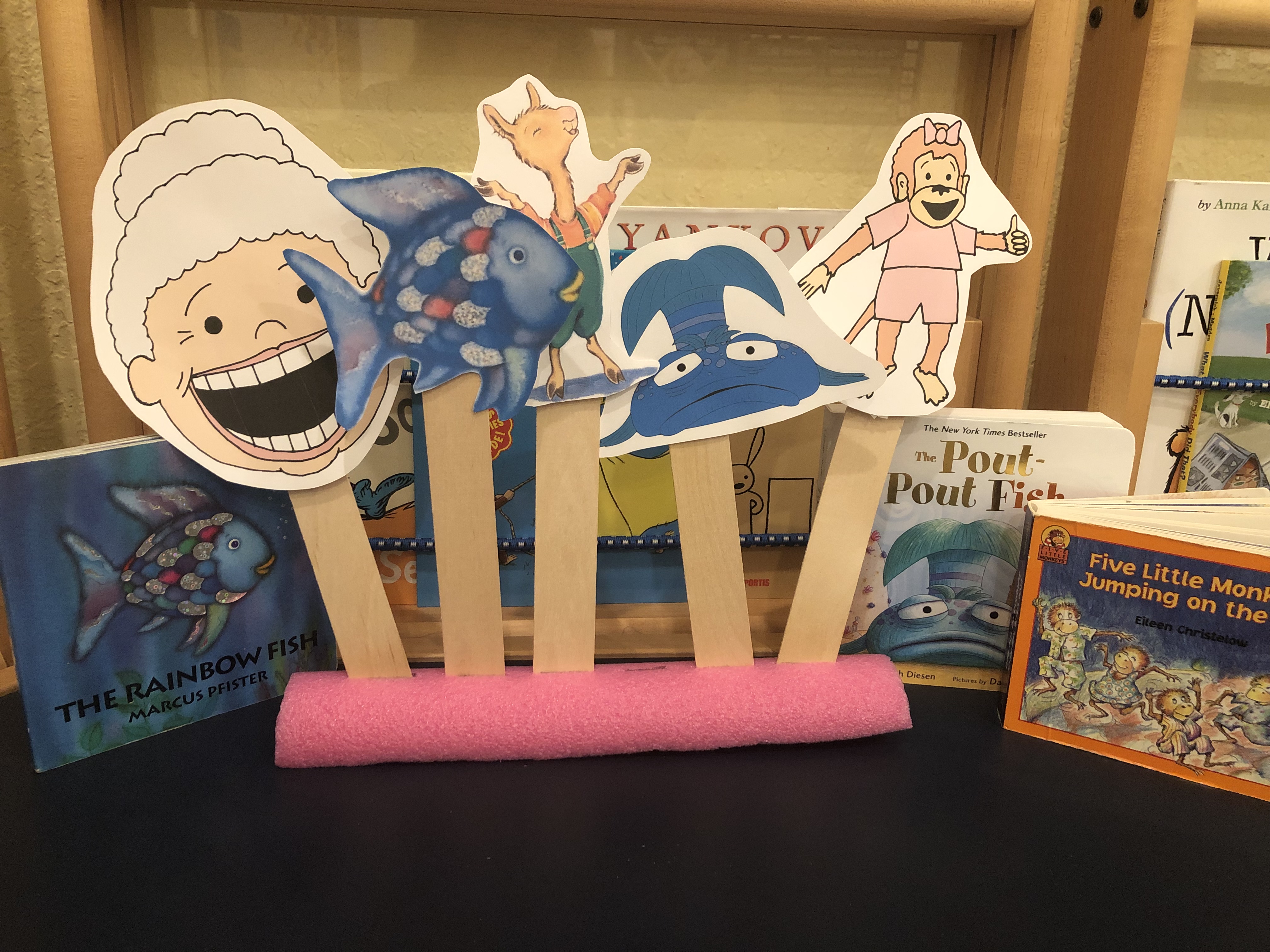
File Folders
File folders are a great way to use picture cards related to the story where the child does not use the book directly. I laminate the picture cards and attach the pictures in the file folder in one of two ways: velcro or magnets. Velcro is an easy way to attach the pictures inside the file folder and in the book. If you use magnets on the back of the pictures (or print on magnet sheets), then you may glue stainless steel washers inside the file folder for the card to stick. Magnets are a great idea because they can be transferred to the refrigerator or dry erase board for fun storytelling and then put back away in the file folder.
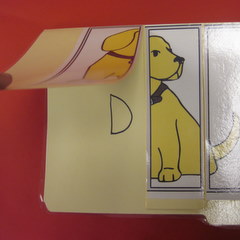
Spelling Words
Use picture cards with blank spaces, letters and pictures to practice writing story vocab.
Matching Activities
Play Memory matching with story vocab.
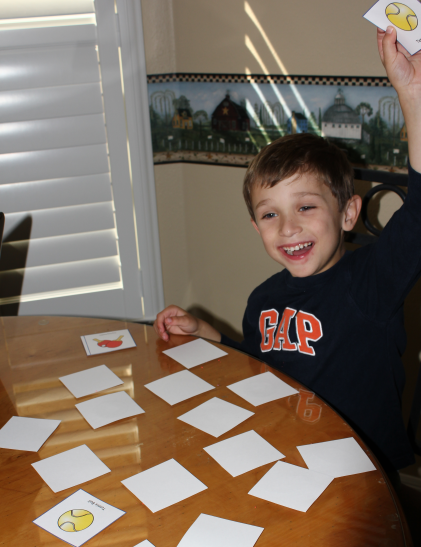
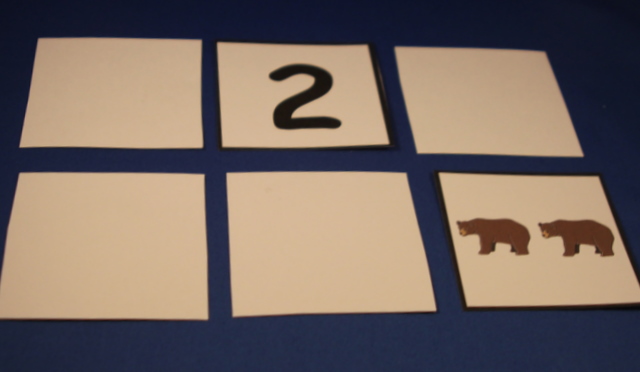
Match story rhyimg words
Match by category. This is great for story vocab that contrast two places such as "City Mouse and Country Mouse".
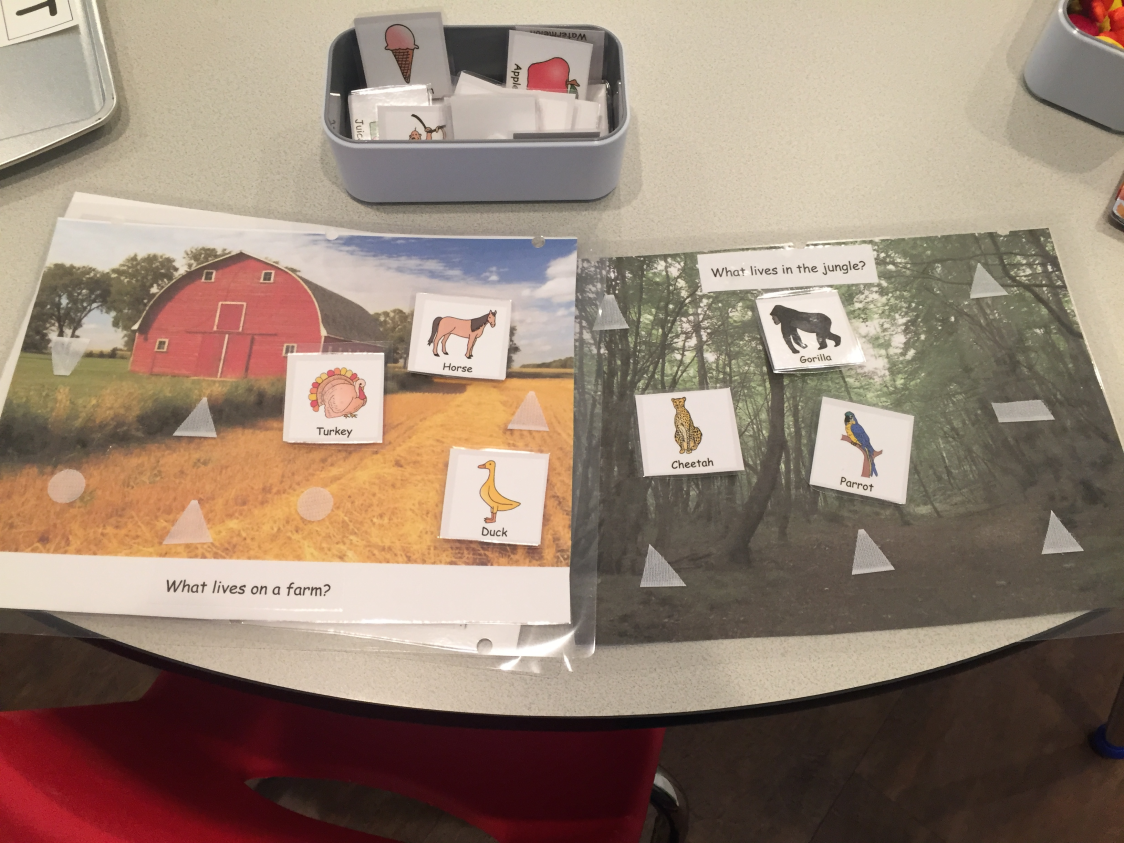
Games with Story Vocabulary
Use picture cards of story vocabulary within class games and center play. Forexample, attach picture cards to bowling pins, bean bag targets, or wall to hit with a ball.
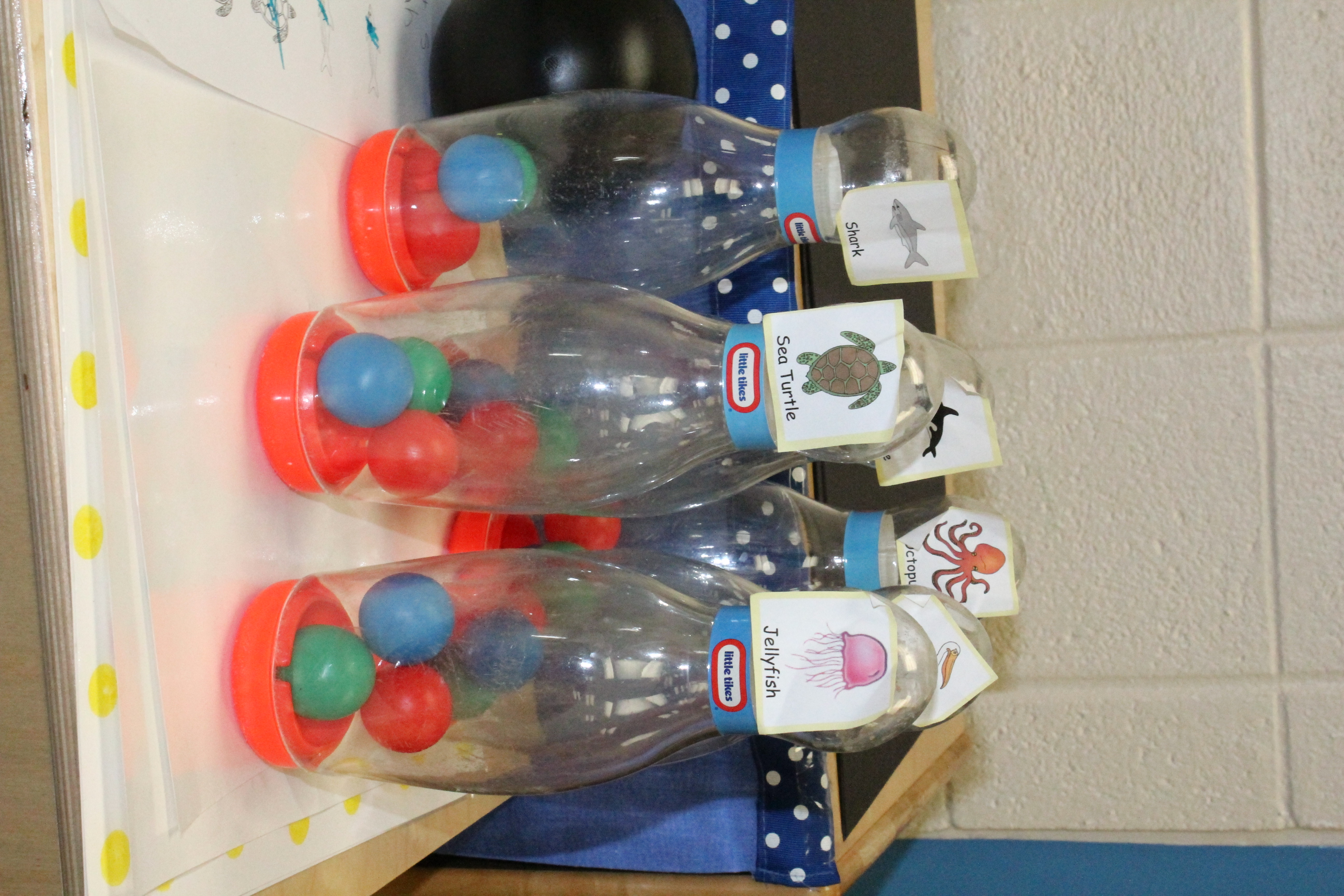
Create center themed-boxes with story vocabulary to sort, match, and retell. Here is a sample of story vocabulary in the science center.
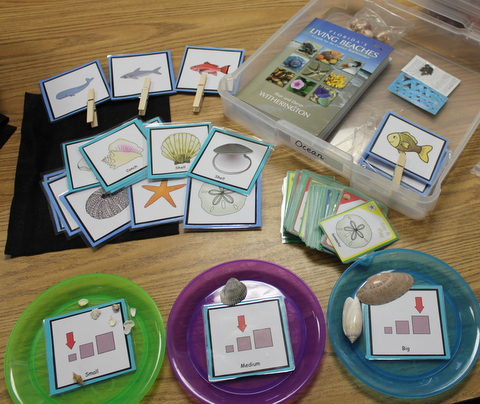
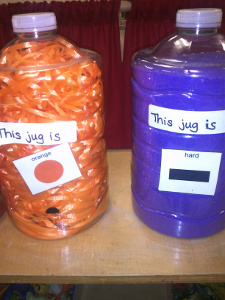
Hide story characters and objects in an aquarium or sensory box. Place picture cards outside for a fun game of hide and seek.

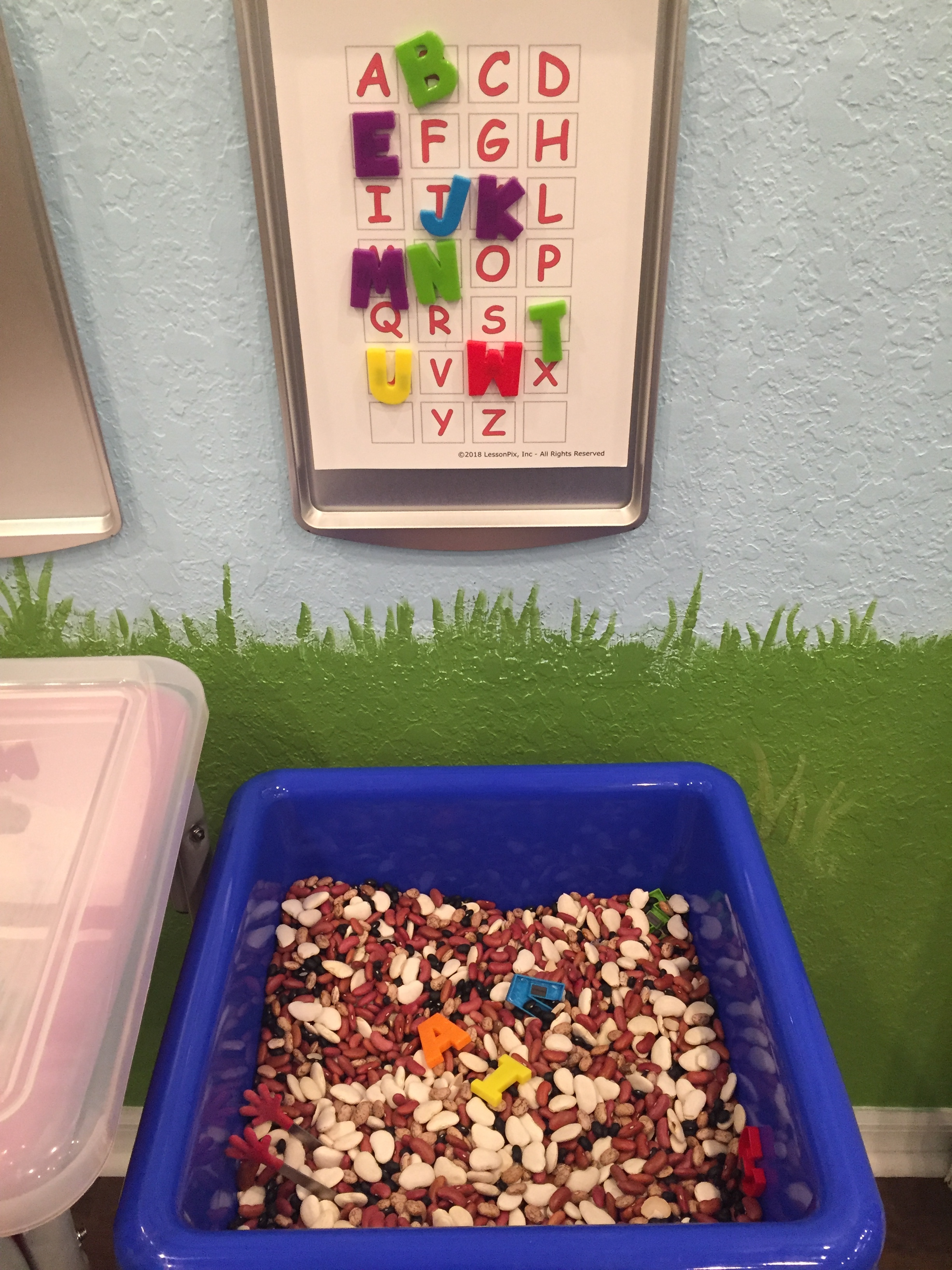
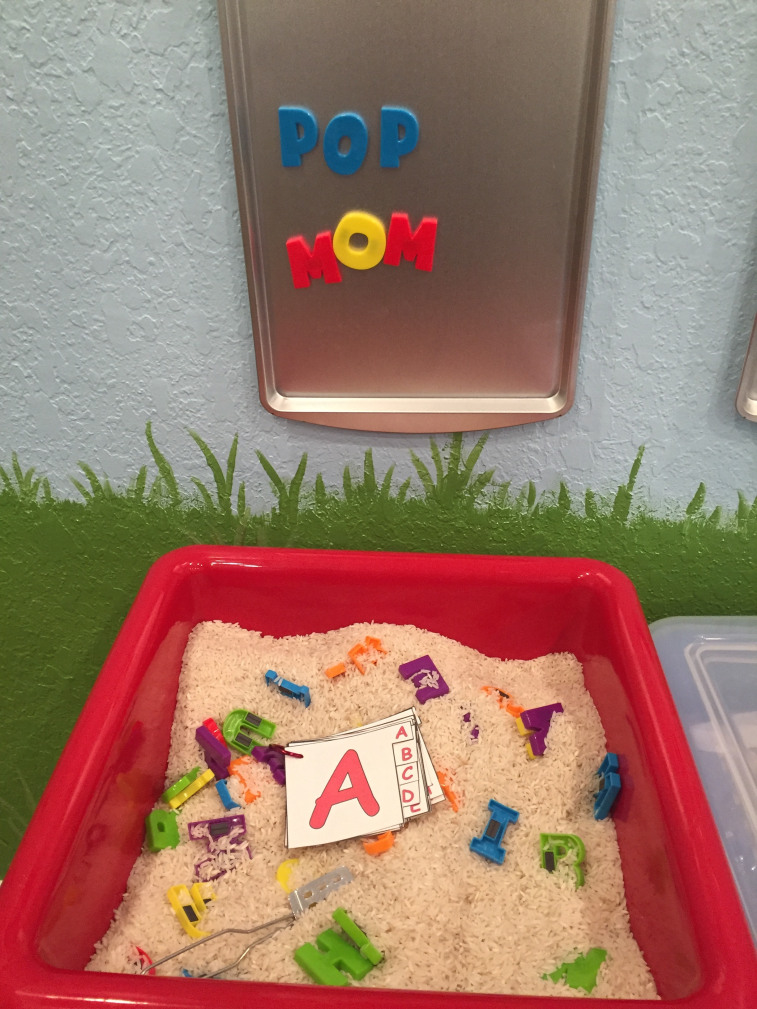
Place in dice for role play activities.
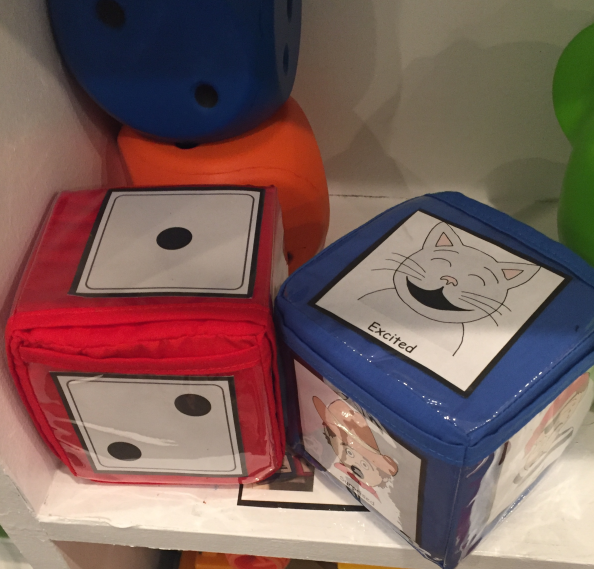
Use picture cards with common games such as Headbandz, Cariboo,tic tac toe, or Hi Hi Cherry Oh. (LessonPix also offers templates that fit in your favorite games! Learn more.)


Make your Own Book
After reading an alphabet book, use picture cards and letter cut-outs to create student-made alphabet books.
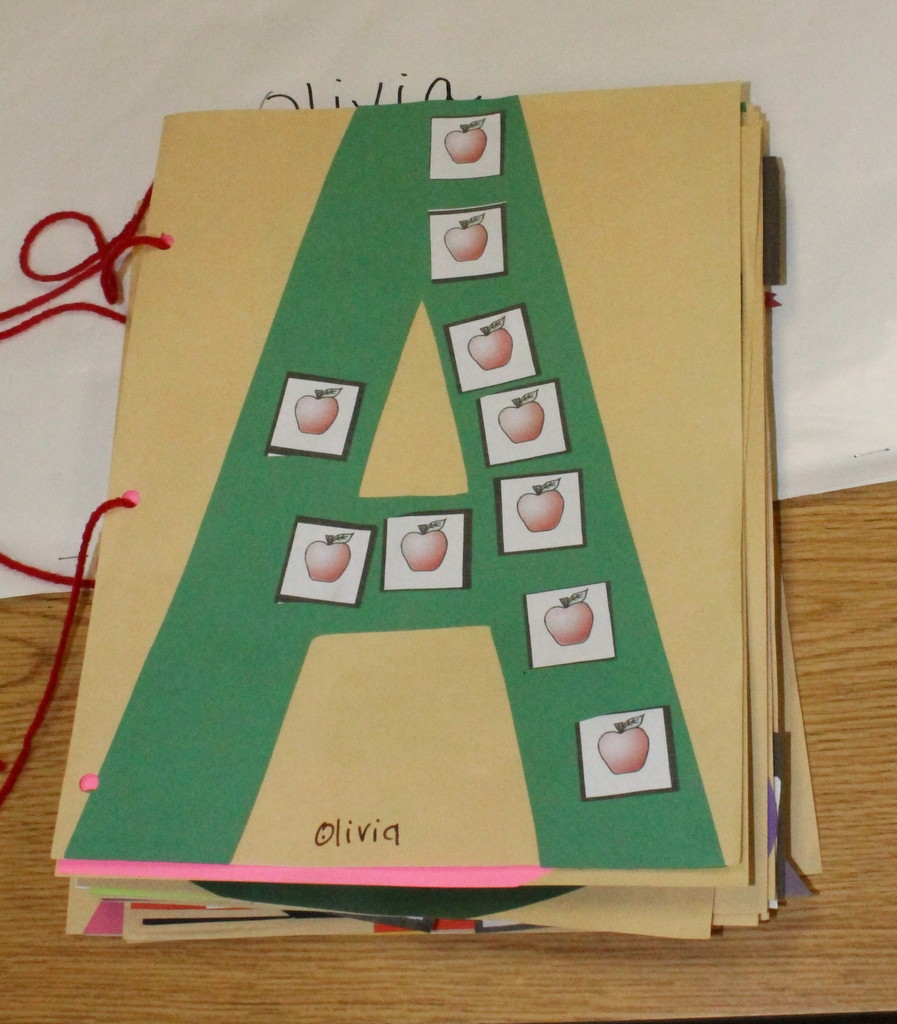
Create a corresponding book using the books and stories template. Then students can attach matching picture cards within their book.
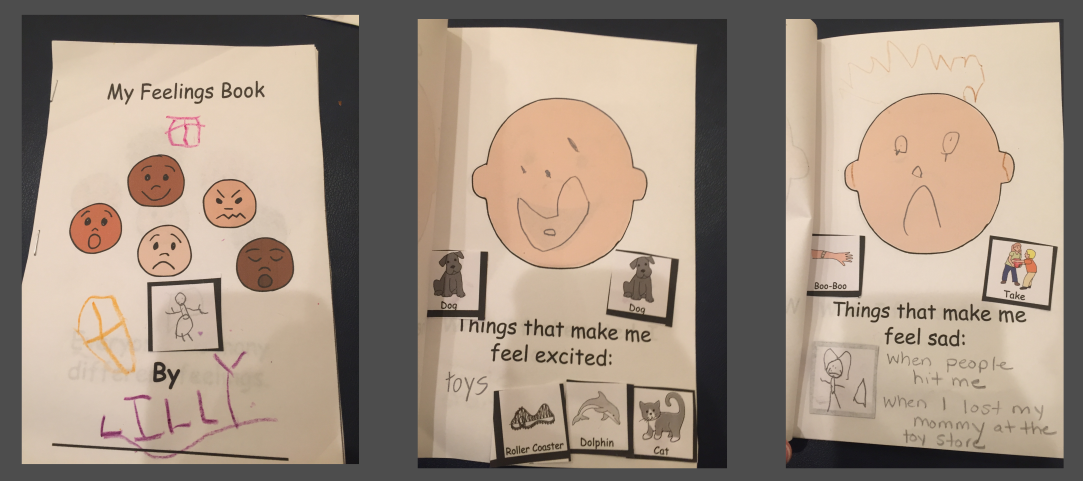
Songs and Fingerplays
There are many books written based on beloved children's songs and fingerplays. Picture cards can help young children learn new songs, relate words to pictures, and reinforce specific language or concepts in the song. I begin by first reading the book with my child. Then we enjoy rereading the book using the pictures, book, and listening to the CD (if applicable).
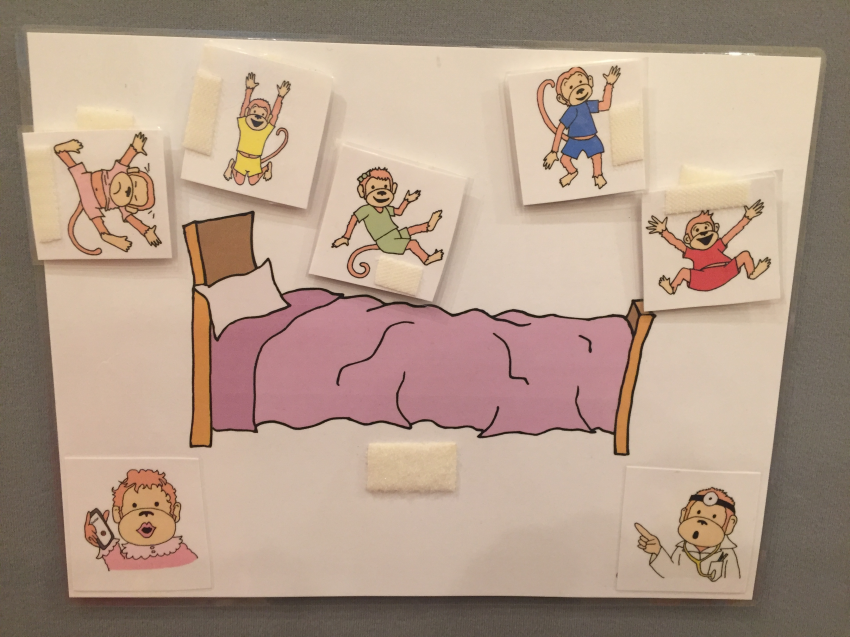
I will often make a second set of picture cards of the song or fingerplay to put on a keyring. The child may then look at the pictures on the keyring recalling the sequence of the song. These keyrings are also great for the car as you listen to the music on the car stereo.
Here are some example of childrens books with songs or fingerplays:
When children are familiar with their favorite songs and fingerplays, make picture cards for choice cards. Students can choose which songs and sequence the song card order.
Picture Cards are an easy material to make books more interactive. By taking the time to reread, retell, and play inside a story, you and the child experience a deeper understanding of the story and its concepts. In addition, LessonPix.com provides many other materials that you can easily create related to the story.
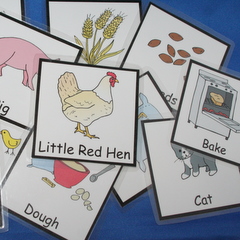
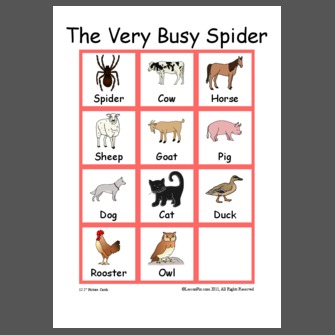
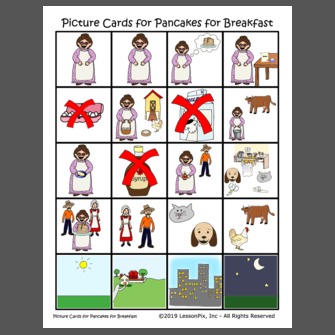
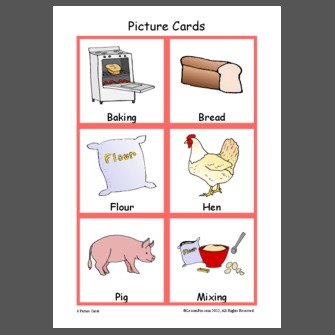
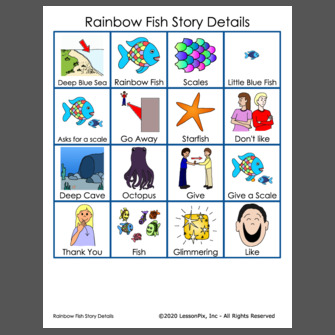
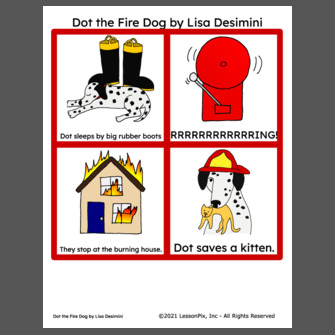
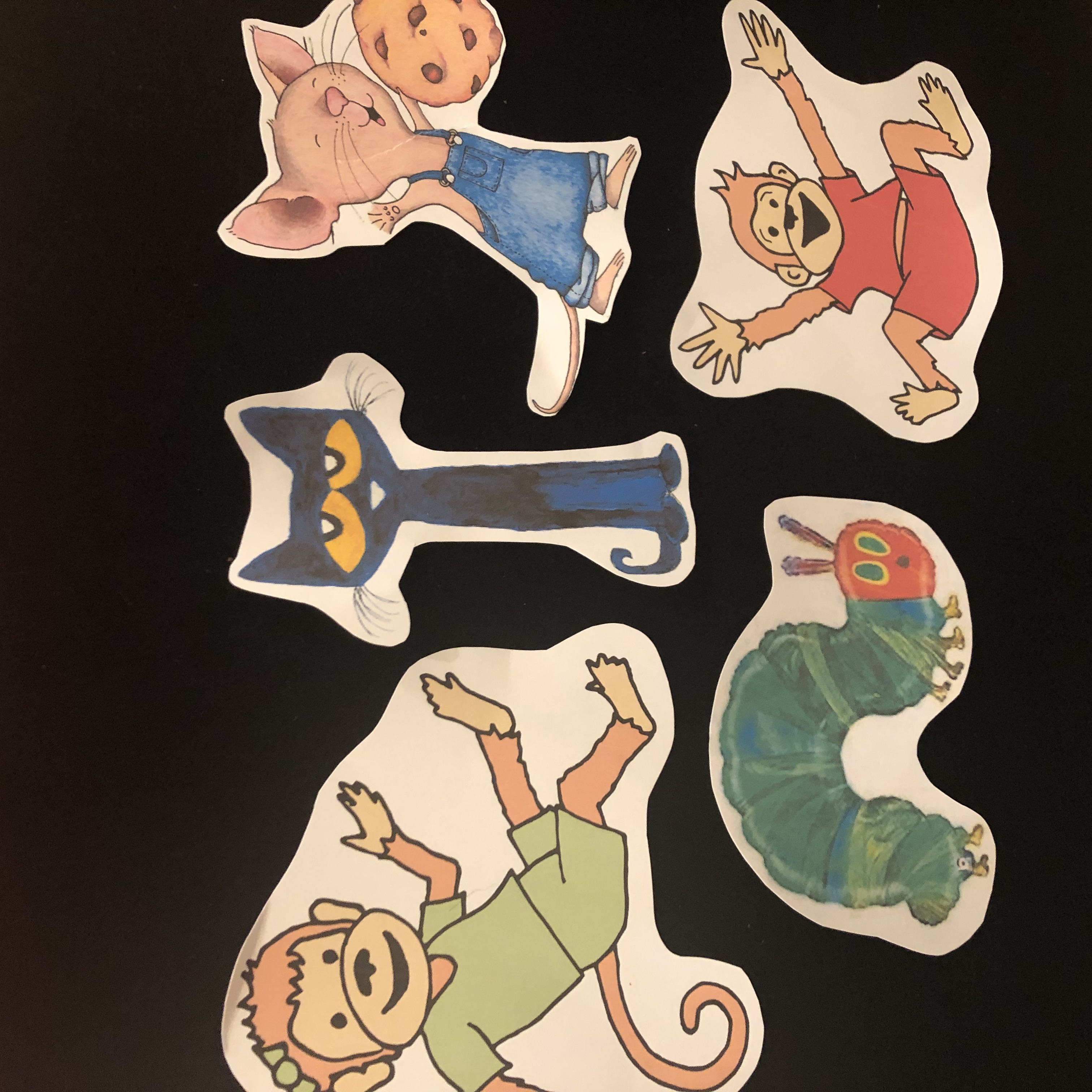
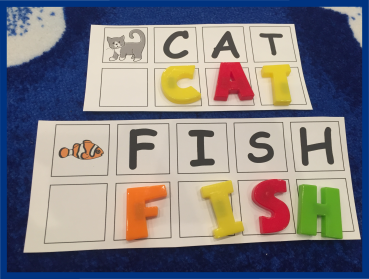

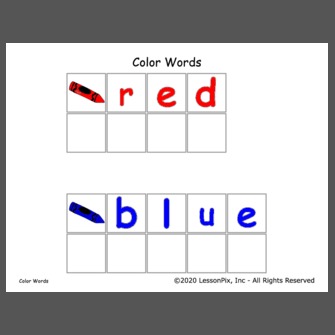
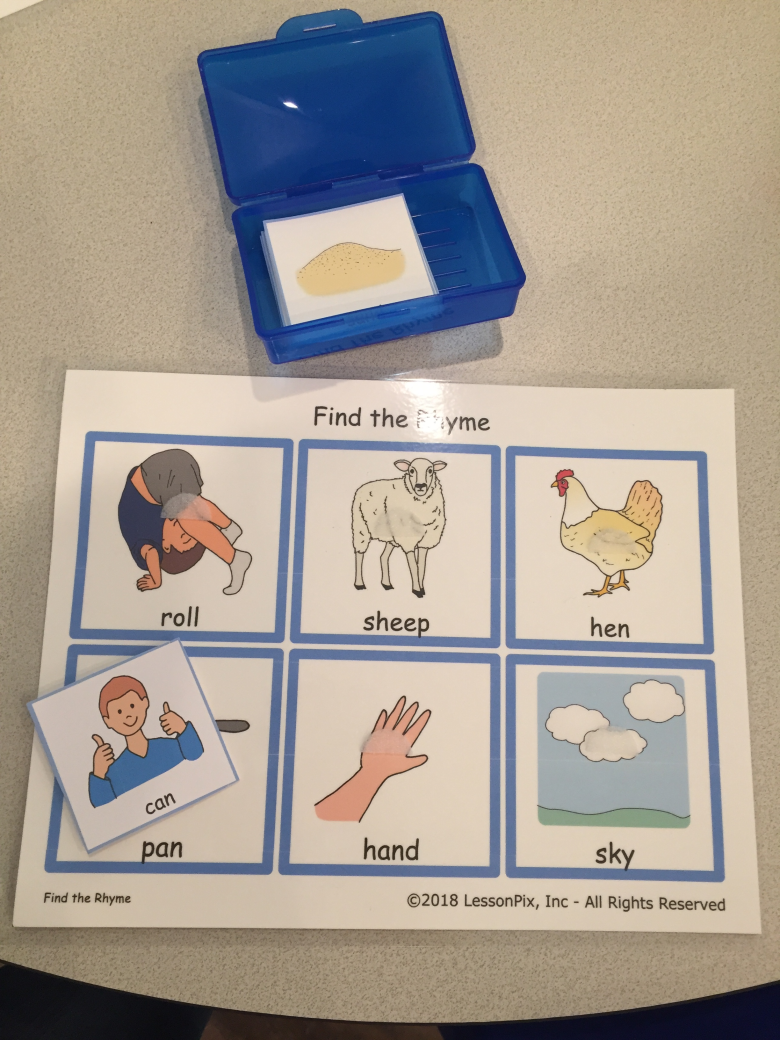
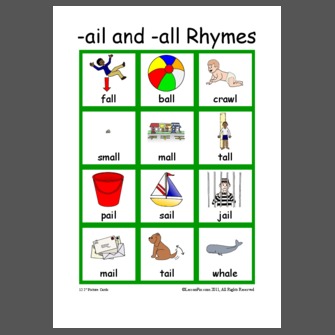
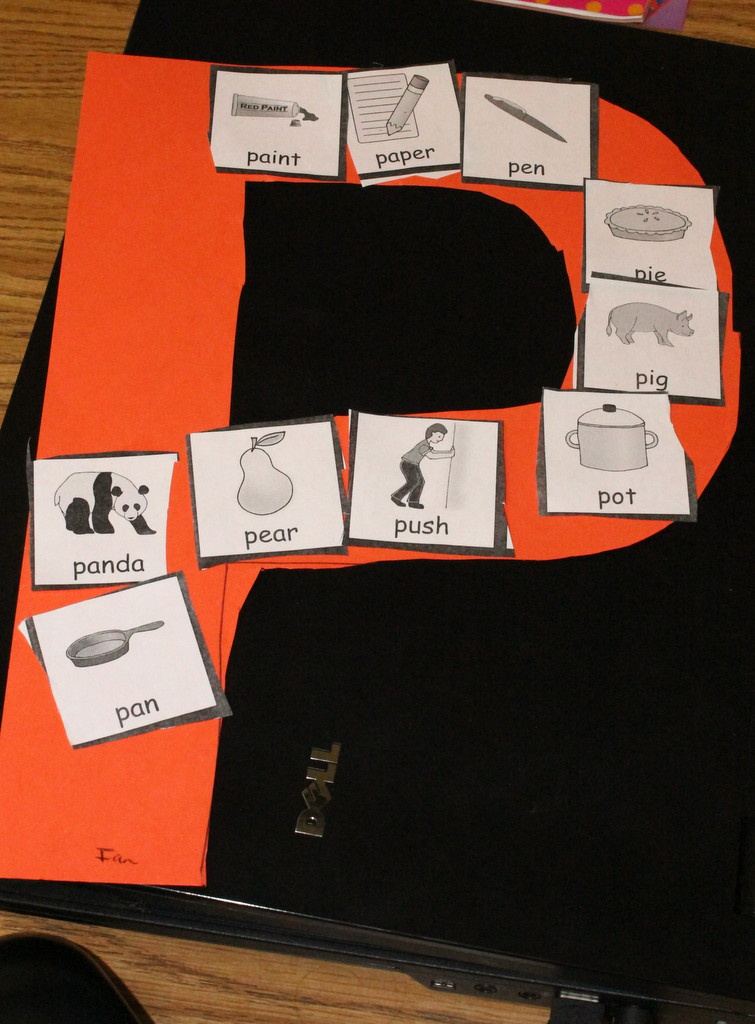
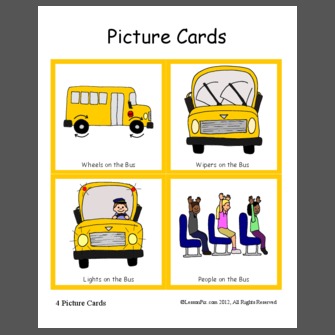
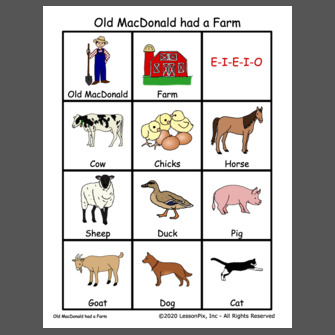
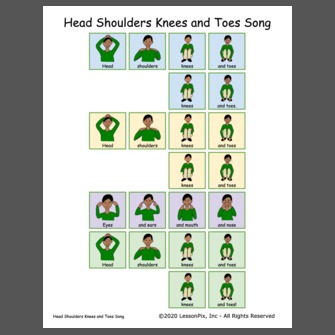
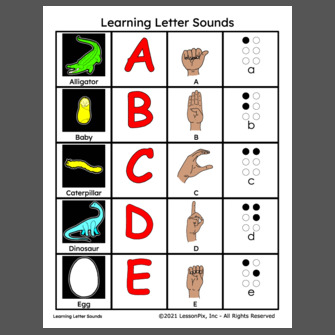
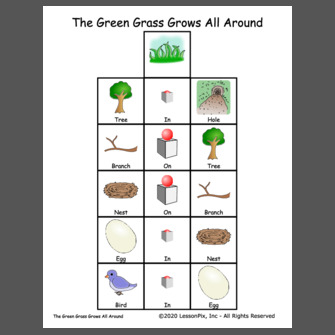
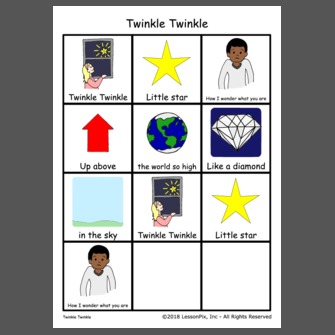
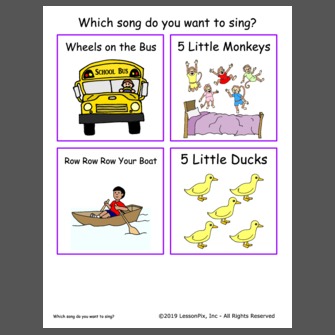
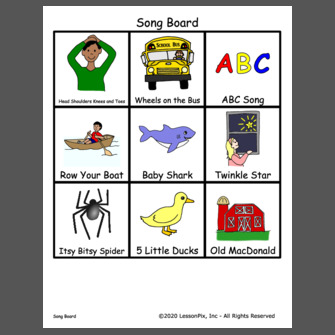
 Facebook
Facebook Twitter
Twitter Pinterest
Pinterest